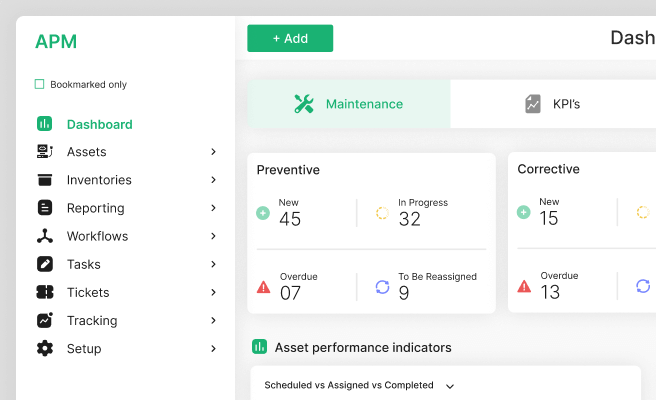Interaction Design
<p>Interaction design is a critical aspect of creating user-friendly and engaging digital products. It focuses on the way users interact with a product and aims to make those interactions as intuitive and satisfying as possible. By prioritizing the needs and behaviors of users, interaction design enhances the overall user experience (UX) and ensures that products are both functional and enjoyable.</p>
<p>Historically, interaction design has evolved alongside advancements in technology. From the early days of graphical user interfaces (GUIs) to today’s complex, multi-platform ecosystems, the principles of interaction design have remained focused on user-centered design.</p>
<h2 id="2">Key Components of Interaction Design</h2>
<p>Effective interaction design involves several key components:</p>
<p><strong>1. User Research:</strong> Understanding the needs, behaviors, and pain points of users is essential. This insight guides the design process and ensures that the product meets user expectations.</p>
<p><strong>2. Usability:</strong> The ease with which users can achieve their goals using the product. Good usability minimizes frustration and enhances satisfaction.</p>
<p><strong>3. Feedback:</strong> Providing users with clear, immediate feedback for their actions helps them understand the results of their interactions and guides them through the experience.</p>
<p><strong>4. Consistency:</strong> Maintaining a consistent design language and interaction patterns across a product ensures users can transfer their knowledge from one part of the product to another, reducing the learning curve.</p>
<p><strong>5. Accessibility:</strong> Ensuring that the product is usable by people with varying abilities. This includes considerations like screen reader compatibility, keyboard navigation, and color contrast.</p>
<h3 id="3">Benefits of Interaction Design</h3>
<p>Interaction design offers numerous benefits for both users and businesses:</p>
<p><strong>Improved User Satisfaction:</strong> By making interactions intuitive and enjoyable, users are more likely to have positive experiences.</p>
<p><strong>Increased Engagement:</strong> Well-designed interactions can keep users engaged with the product, encouraging frequent use and loyalty.</p>
<p><strong>Reduced Errors:</strong> Clear and intuitive interactions help minimize user errors, leading to a smoother user experience.</p>
<p><strong>Enhanced Brand Perception:</strong> A product that is easy to use and meets user needs can positively influence how users perceive the brand.</p>
<h3 id="4">Challenges in Interaction Design</h3>
<p>Designing effective interactions is not without its challenges:</p>
<p><strong>Complex User Needs:</strong> Users have diverse needs and behaviors, making it challenging to design interactions that work well for everyone.</p>
<p><strong>Technology Limitations:</strong> Designers must work within the constraints of the technology they are designing for, which can limit the possibilities for interaction.</p>
<p><strong>Consistency vs. Innovation:</strong> Balancing the need for consistency with the desire to innovate and create unique interactions can be difficult.</p>
<h3 id="5">Practical Applications of Interaction Design</h3>
<p>Interaction design is applied in various ways across different industries:</p>
<p><strong>Web and Mobile Apps:</strong> Creating seamless and intuitive interactions for websites and mobile applications is a primary focus for interaction designers.</p>
<p><strong>Climate Tech:</strong> In the climate tech sector, interaction design is used to create user-friendly applications for monitoring and managing environmental impact. For example, [Carbon Lighthouse](https://www.carbonlighthouse.com/) uses interaction design to help businesses reduce their carbon footprint.</p>
<p><strong>Wearable Technology:</strong> Designing interactions for wearable devices that provide users with relevant, actionable information without interrupting their daily activities.</p>
<h3 id="6">Tools for Interaction Design</h3>
<p>Several tools are available to assist interaction designers in their work:</p>
<p><a href="https://www.sketch.com/" style="color: #2896FF; text-decoration: underline;">Sketch</a>: A popular design tool for creating user interfaces and prototyping interactions.</p>
<p><a href="https://www.adobe.com/products/xd.html" style="color: #2896FF; text-decoration: underline;">Adobe XD</a>: A versatile tool for designing and prototyping user experiences, including interactive elements.</p>
<p><a href="https://www.figma.com/" style="color: #2896FF; text-decoration: underline;">Figma</a>: A collaborative design tool that allows teams to work together on designing and prototyping interactive elements in real-time.</p>
<h2 id="7">Conclusion</h2>
<p>Interaction design is a vital component of creating digital products that are both functional and enjoyable to use. By focusing on user needs and behaviors, interaction designers can create intuitive and engaging experiences that enhance user satisfaction and drive business success. Whether it's for web and mobile apps, climate tech solutions, or wearable technology, effective interaction design is key to delivering exceptional user experiences.</p> <p>If you’re looking for inspiration to elevate customer and user experience for enterprise-grade products, View our work with the Ministry of Health of Saudi Arabia for curating the UX of an <a href="https://www.whatifdesign.co/work/enterprise-software-for-hospitals" style="color:#2896FF; text-decoration:underline;">Asset Management Tracking Platform</a></p>
<p>Ready to get started? <a href="https://cal.com/akhilak/what-if-design?duration=30" style="color:#2896FF; text-decoration:underline;">Book a 1:1 consultation call</a> with us today.</p>

Let's scale your impact with great design.
Free consultation, no sales pitch
Thank you! Your submission has been received!
Oops! Something went wrong while submitting the form.
Let’s talk
Nothing great is built alone.
Let’s connect about your vision, our work and how we can collaborate.
Get in touch

